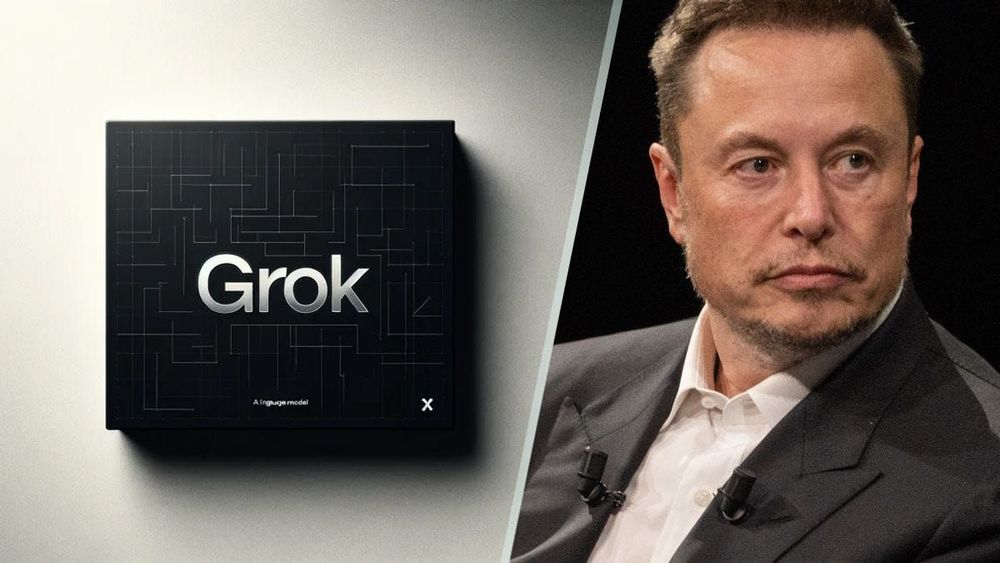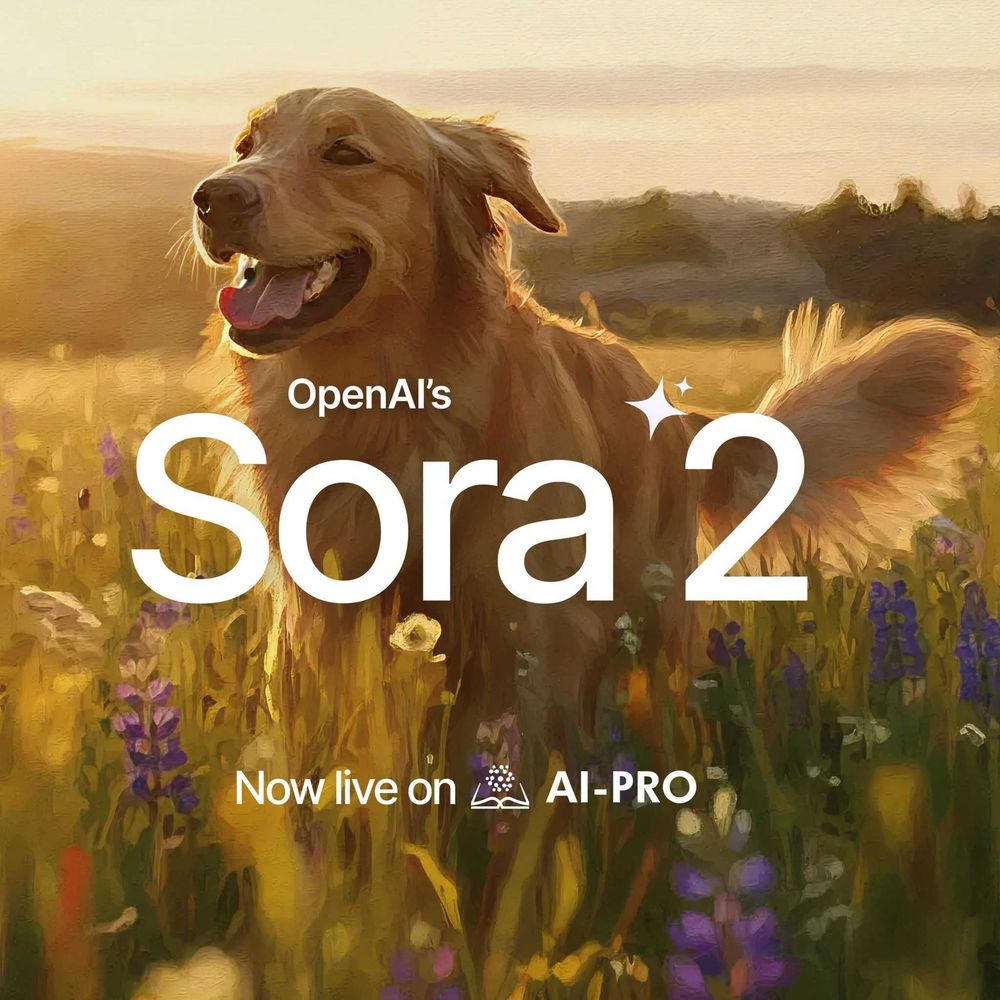
The AI landscape just got a major shake-up with the arrival of DeepSeek, an advanced AI model unveiled in January 2025 by the Chinese startup DeepSeek AI. Despite being a newcomer, it's already making headlines by competing with some of the most powerful AI models available—offering comparable intelligence without the staggering price tag.
In this deep dive, we’ll explore what makes DeepSeek stand out, from its impressive capabilities and cost-effective approach to its broader implications for the AI industry. But it’s not all smooth sailing—China’s growing AI influence brings up important questions and concerns that need addressing.
A Closer Look at DeepSeek Models

DeepSeek AI has rolled out two game-changing models: DeepSeek R1 and DeepSeek V3. Each serves a distinct purpose, with R1 specializing in complex reasoning tasks and V3 designed for large-scale language processing. What’s truly remarkable is how DeepSeek has managed to develop these high-performing models at a fraction of the cost compared to industry giants.
DeepSeek R1 is built for reasoning-first tasks, leveraging reinforcement learning (RL) to tackle complex problem-solving. It comes in two versions: DeepSeek R1-Zero and DeepSeek R1, both sharing the same core architecture but differing in training methodology. A key feature of R1’s training is chain-of-thought (CoT) reasoning, which allows the model to break down problems into logical steps. This makes it ideal for research, decision-support systems, and other logic-intensive applications. To cut costs, DeepSeek employs strategies like distillation, where the model learns from existing generative AI systems, and parameter optimization, ensuring it uses only the necessary computational power.
DeepSeek V3, on the other hand, is all about scalability and efficiency. Built on a Mixture-of-Experts (MoE) architecture, it activates only a subset of its parameters per token, significantly reducing computational costs while maintaining performance. This makes it a strong contender for tasks like conversational AI, multilingual translation, and content generation. Notably, DeepSeek V3 excels in mathematical and multilingual tasks, demonstrating superior efficiency while relying on just 2,000 GPUs—far fewer than traditional large language models (LLMs).
Both models showcase DeepSeek’s commitment to cost-effectiveness, employing methods such as reduced numerical precision (storing numbers in 8 decimal places instead of the usual 32) and optimizing hardware usage. These strategies not only lower expenses but also democratize access to high-powered AI, enabling smaller companies to tap into cutting-edge technology. The open-source availability of DeepSeek V3 further enhances its appeal, allowing businesses to fine-tune and customize the model to fit their needs.
DeepSeek’s Ripples in the AI Industry

DeepSeek's emergence has sent shockwaves through the AI world, forcing Silicon Valley to reconsider its approach. By proving that powerful AI models can be developed at a fraction of the usual cost, DeepSeek has challenged the long-standing notion that cutting-edge AI requires massive financial backing. The impact was immediate—stock values of major AI chip manufacturers like Nvidia and Broadcom took a significant hit, with Nvidia’s market cap reportedly dropping by approximately $600 billion. Even former U.S. President Donald Trump weighed in, calling DeepSeek a "wake-up call" and urging the U.S. tech industry to step up its game.
This shift signals a potential turning point for AI development. If DeepSeek’s cost-efficient approach becomes the new norm, it could accelerate AI adoption worldwide, making advanced tools more accessible to businesses and researchers. However, alongside its rapid rise, DeepSeek has also drawn scrutiny, raising ethical concerns about data acquisition and usage.
One major point of contention involves allegations of data harvesting that may have violated OpenAI’s Terms of Service. If true, this could put DeepSeek’s credibility at risk. Additionally, given China’s strict regulatory environment, there are concerns about potential censorship and government influence over AI-generated content. Ensuring transparency in data practices and implementing robust safeguards will be critical in addressing these issues and maintaining trust in DeepSeek’s technology.
How DeepSeek Compares to Industry Leaders

To fully grasp DeepSeek’s impact, it’s essential to compare it to industry leaders like OpenAI’s GPT-4o and Google’s Gemini. While these models have set the benchmark for AI capabilities, they come with high operational costs and licensing fees that often limit access to larger enterprises and tech giants. DeepSeek’s affordability changes the equation, offering a compelling alternative for startups, research institutions, and even government agencies seeking AI-powered solutions.
Performance-wise, DeepSeek V3 holds its ground against GPT-4o in several domains, especially in multilingual tasks and mathematical reasoning. While GPT-4o excels in nuanced creative writing and contextual understanding, DeepSeek’s efficiency-focused approach gives it a unique advantage in computationally heavy workloads. Meanwhile, DeepSeek R1’s reinforcement learning strategies make it a valuable tool for research applications, an area where OpenAI and Google have dominated.
However, OpenAI and Google have a distinct edge in ethical AI development, boasting robust transparency measures, extensive model documentation, and clearer compliance with international AI regulations. This is an area where DeepSeek must improve if it hopes to gain widespread trust and adoption outside China.
The Future of DeepSeek
Looking ahead, DeepSeek is well-positioned to continue reshaping the AI landscape. The growing shift toward open-source AI models could drive innovation at an unprecedented pace, with DeepSeek at the forefront of this movement. Rather than focusing solely on massive, resource-intensive models, the industry may pivot toward smaller, highly specialized AI systems that deliver exceptional performance without requiring enormous investments.
Future developments will likely revolve around refining data processing techniques—improving how AI indexes, filters, and organizes information. As AI evolves, balancing cost-effectiveness with ethical responsibility will be paramount. The intersection of AI, data science, and data management is where the next wave of breakthroughs will emerge, setting the stage for a more efficient and accessible AI-driven world.
Try DeepSeek with AI-Pro’s ChatBot Pro
DeepSeek’s rapid rise, fueled by the cost-efficient and high-performing R1 model, marks a significant shift in the AI industry. It’s not just about raw power—it’s about making AI more accessible and breaking down barriers to entry. While concerns about data ethics and potential misuse remain, DeepSeek’s contributions to AI development are undeniable.

As we move into a new era of AI, where efficiency and open-source collaboration play a crucial role, DeepSeek is setting the stage for future innovation. Want to see it in action? Experience the power of DeepSeek firsthand with AI-Pro’s ChatBot Pro. Explore the latest DeepSeek V3 and R1 models, now available through our Pro and Pro Max Plans. The future of AI is here—unlock it today!





